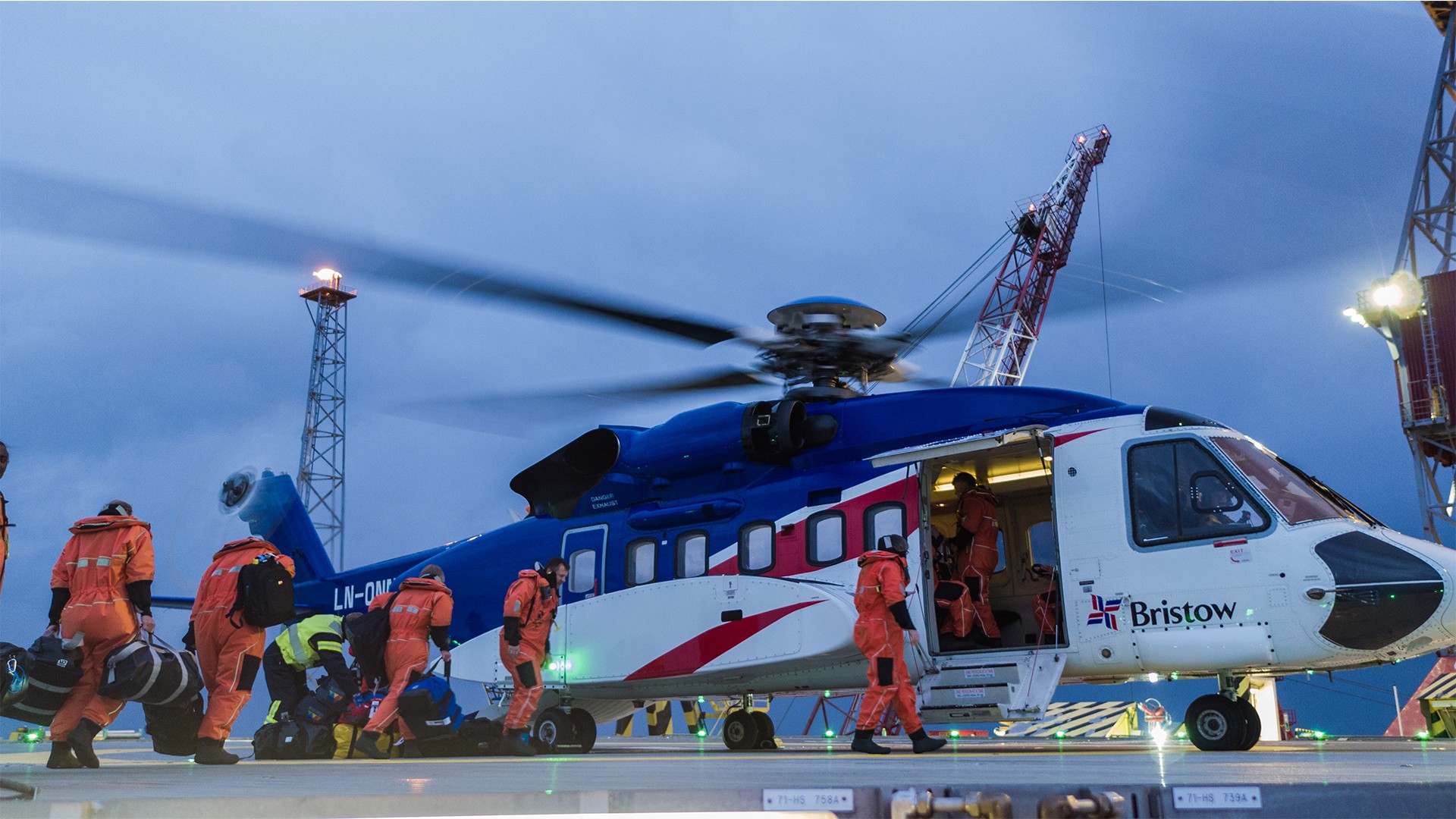Photo via UPROSE.
More than 500 youth of color gathered in Manhattan on Thursday, August 3 for the annual Climate Justice Youth Summit. When the Summit began six years ago, many of those in attendance might have never heard of the phrase "climate justice," which refers to the climate crisis and racial justice. Now, it's one of the nation's largest gathering working at that intersection.UPROSE, the grassroots organization that hosts the Summit, emphasizes intersectionality across the board. Its members empower indigenous communities, women of color, and LGBTQ youth. The Summit included a fashion show built around the intersection of fashion and climate, highlighting issues of labor rights, cultural appropriation, plastic waste, body positivity, equality, and community self-determination."I think there's not an acknowledgment that the socioeconomic systems that have created the climate crisis are the same ones that are going to ensure that young people of color are going to be the ones on the front-lines," said Kiya Vega-Hutchens, UPROSE's Climate Justice Policy Organizer.
Check out more videos from VICE:
"This year we're doing something different and really focusing on actualizing just transitions in your community," Vega-Hutchens said. "It's really just borne out of the urgency of what the Trump presidency means. We're focusing on direct action, we're teaching young people how to build their own actions, how to organize, how to bring people into the streets for an issue that concerns them; the nuts and bolts of creating a movement."UPROSE partnered with a number of national and grassroots organizations to host this year's Summit, including the Climate Justice Alliance. UPROSE members also did a week-long training with The Ruckus Society, a non-profit network of activists and artists who train frontline organizations in direct action techniques."Blockades, climbing buildings, making art for protests," said Ruckus Society trainer LJ Amsterdam. "The training we did with [UPROSE] focused specifically on gentrification; Sunset Park, the proposed development of the waterfront."The idea is that youth of color will leave the Summit with the tools to organize within their own communities. Climate-driven issues that threaten them range from zoning and gentrification to community land trusts to permaculture to preserving industrial areas. That last might seem counterintuitive for an environmental movement, but those spaces are crucial for developing clean energy infrastructure that allows communities to become self-sustaining.
Also, find out more information to get involved with UPROSE's anti-displacement campaign in Sunset Park.
Advertisement
The climate justice movement focuses on grassroots action, understanding that the people most threatened by environmental and social issues are often the ones who have the solutions, just not the latitude or resources. Much of UPROSE's work revolves around a push for just transitions, a concept borrowed from the labor movement. Just transitions means moving out of an extraction-based economic framework that exploits people of color -- appropriating their labor, resources, design, and culture -- and into a restorative, regenerative one that empowers marginalized communities rather than leaving them behind.What this translates to is a focus on enacting local policies that combat climate change and protect communities of color threatened by its effects. The Summit has previously put most of its energies on education about the climate justice movement and raising awareness -- until this year."We're focusing on direct action, we're teaching young people how to build their own actions, how to organize, how to bring people into the streets for an issue that concerns them; the nuts and bolts of creating a movement."
Advertisement
Check out more videos from VICE:

"This year we're doing something different and really focusing on actualizing just transitions in your community," Vega-Hutchens said. "It's really just borne out of the urgency of what the Trump presidency means. We're focusing on direct action, we're teaching young people how to build their own actions, how to organize, how to bring people into the streets for an issue that concerns them; the nuts and bolts of creating a movement."UPROSE partnered with a number of national and grassroots organizations to host this year's Summit, including the Climate Justice Alliance. UPROSE members also did a week-long training with The Ruckus Society, a non-profit network of activists and artists who train frontline organizations in direct action techniques."Blockades, climbing buildings, making art for protests," said Ruckus Society trainer LJ Amsterdam. "The training we did with [UPROSE] focused specifically on gentrification; Sunset Park, the proposed development of the waterfront."The idea is that youth of color will leave the Summit with the tools to organize within their own communities. Climate-driven issues that threaten them range from zoning and gentrification to community land trusts to permaculture to preserving industrial areas. That last might seem counterintuitive for an environmental movement, but those spaces are crucial for developing clean energy infrastructure that allows communities to become self-sustaining.
Advertisement
"We can't fight climate change as individuals," Vega-Hutchens said. "But we can show that we have ingenuity within our communities, and that's enough for it to spark young people to start thinking of it on a larger scale. This is just one day, but really it's one day of a larger movement."Getting young members of those communities interested and educated in local politics and urban planning, then, is crucial. Elizabeth Yeampierre, executive director at UPROSE and an icon of the climate justice movement, doesn't use the phrase "at-risk" youth. Rather, she and her colleagues prefer to say "at potential" -- after all, they were them once.UPROSE, which turned 50 this year, is Brooklyn's oldest Latino community-based organization. Yeampierre has worked there for 20 years. When she started, it was a social service org, but she found that no one was really working on environmental justice, and no one was working on youth development programs. UPROSE began tackling local transportation justice issues -- expressways and power plants being constructed to the detriment of communities of color and without their consent -- and it began training youth of color to be community activists."We quickly became an organization known for being able to do work around environmental justice, and young people were integrated into leadership," Yeampierre said. "We think leadership is a continuum, and you don't have to postpone it and wait till you're older to exercise it. And climate change is one of those things that requires a different power structure, we're saying community power is intergenerational, and our communities are stronger [that way]."Donate to UPROSE and check out how you can get involve in the Climate Justice Alliance."I think there's not an acknowledgment that the socioeconomic systems that have created the climate crisis are the same ones that are going to ensure that young people of color are going to be the ones on the front-lines."
Also, find out more information to get involved with UPROSE's anti-displacement campaign in Sunset Park.
